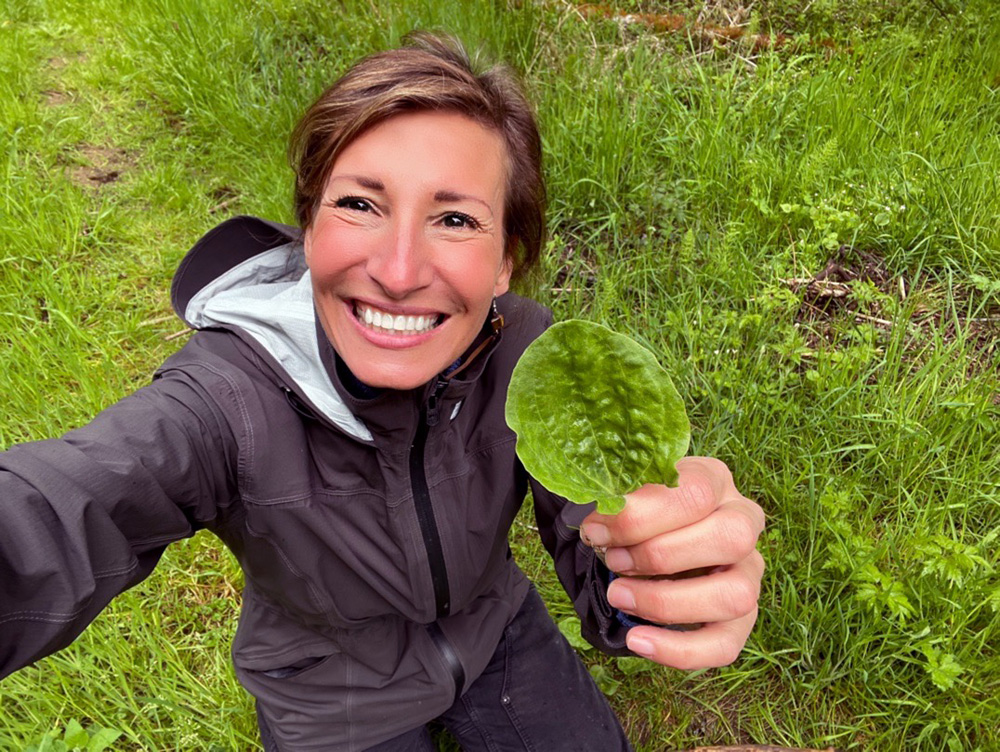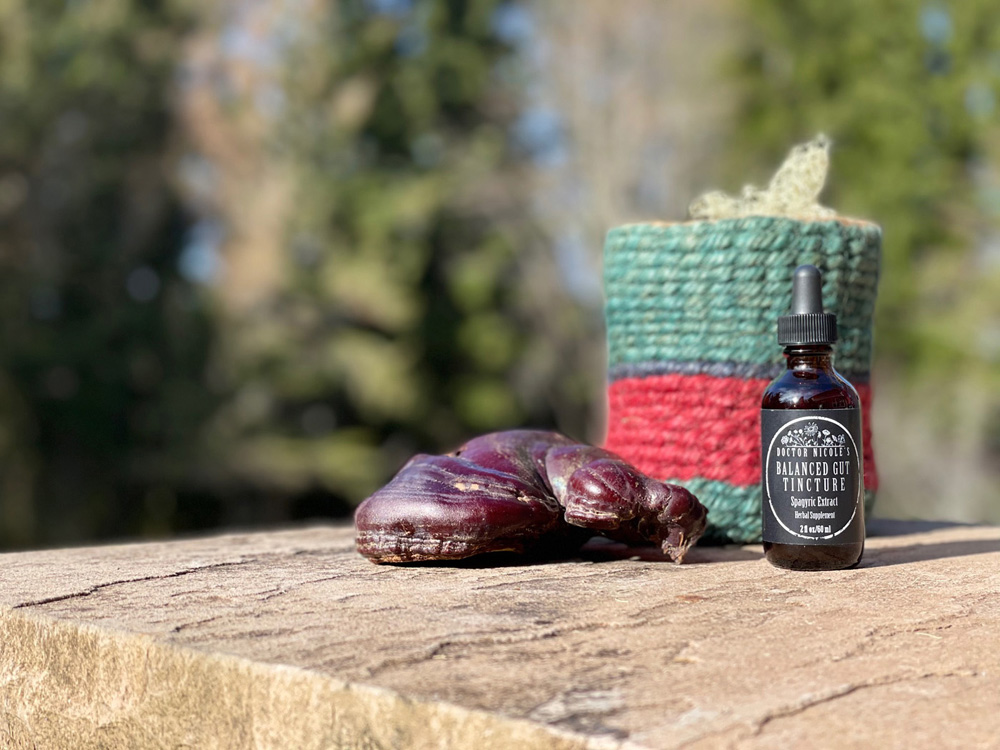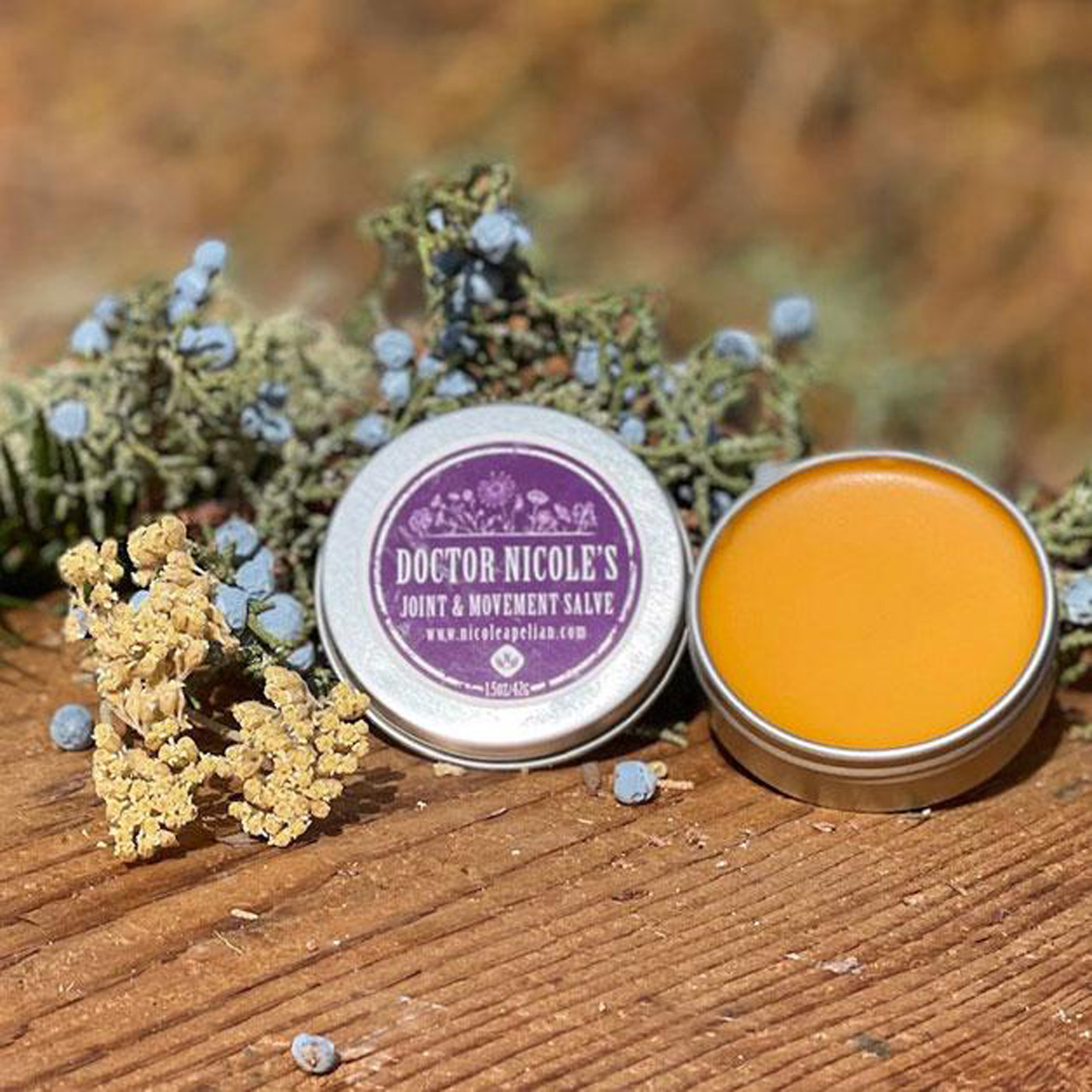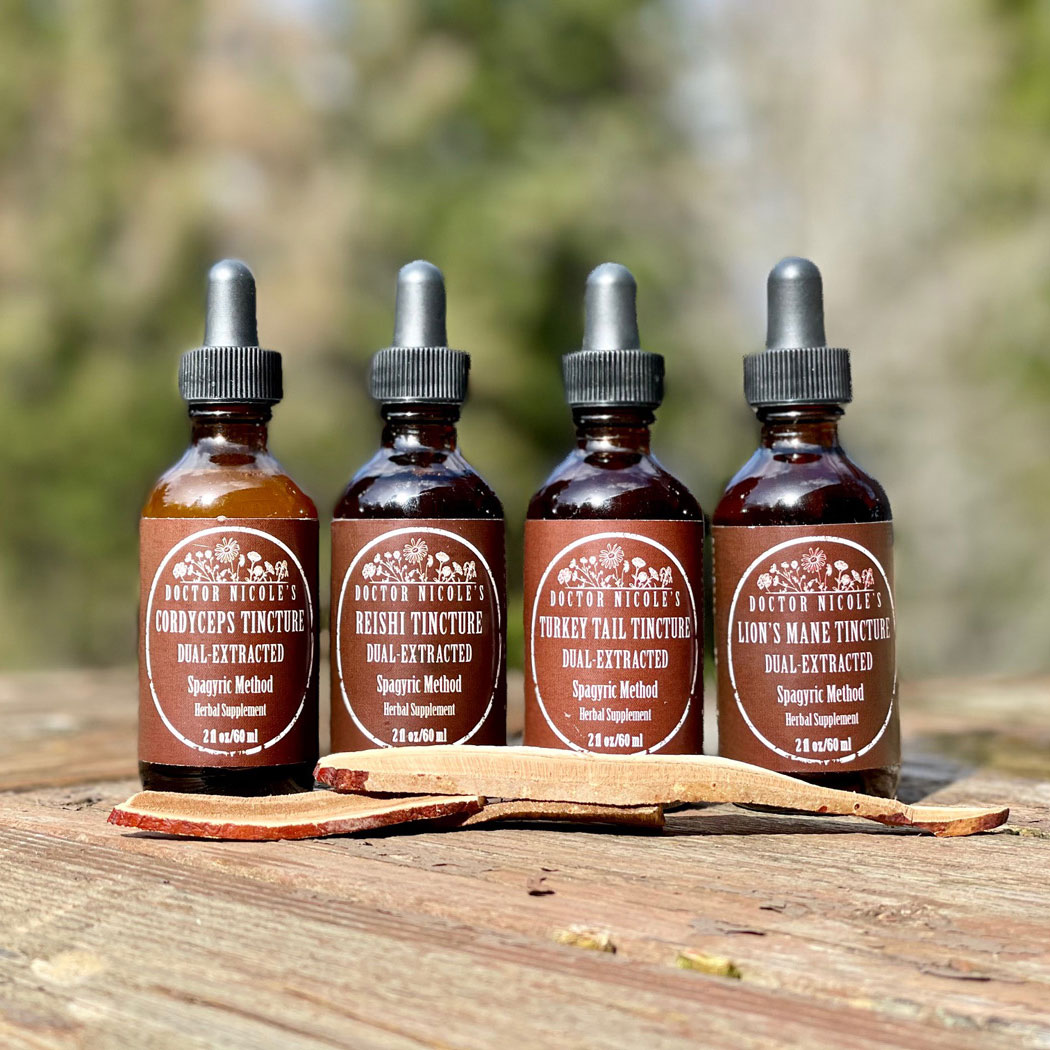An Ancient Autoimmune Disease
While celiac disease may be viewed as more of a modern disease, the condition was initially identified and named by a Greek physician by the name of Aretaeus of Cappadocia back in the first century AD, who stated: “If the stomach be irretentive of the food and if it pass through undigested and crude, and nothing ascends into the body, we call such persons coeliacs”.8
Another 17 centuries passed before a Dr. Mathew Baillie described the condition in the 1900s as a gastrointestinal disorder that causes chronic diarrhea with subsequent malnutrition and gas-dissented abdomen. He noted that patients experienced significant improvement by eating rice instead of other cereal grains. But it wasn’t until the 1960s that biopsies were used to identify the damage to the small intestinal mucosa and the cause was attributed to certain cereal grains through studies involving gluten-free diets. Researchers also identified antibodies for gliadin (the protein in gluten) in the blood of celiac patients during this decade, further assisting in clinical classification.
Today, 1 in 100 people are diagnosed with the disease worldwide and it is estimated that 2.5 million Americans are currently undiagnosed, thereby running the risk of severe health complications. The condition can cause malnutrition, stunted growth in children, and mood disorders. Moreover, it increases the likelihood of developing intestinal cancer, epilepsy, migraines, diabetes, osteoporosis, multiple sclerosis, Crohn’s disease, Hashimoto’s, and more.
Below we discuss the risk factors of celiac disease, common celiac symptoms, and dietary and herbal interventions to address the condition.
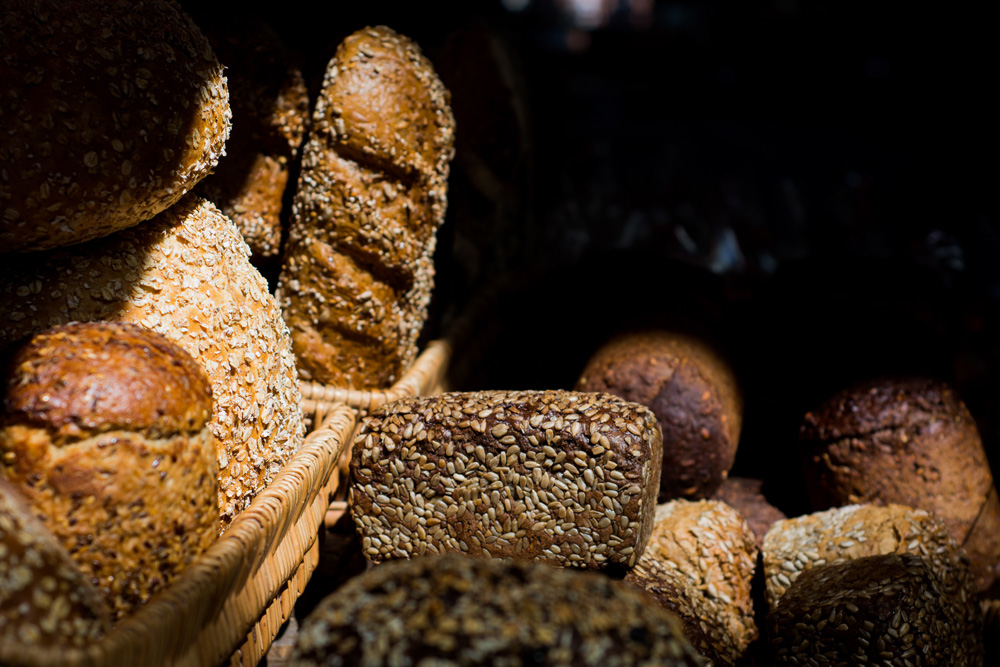
The Cause of Celiac Disease and Hallmark Symptoms
Celiac has a strong genetic predisposition — if a family member has the disease, you have an increased risk of developing it yourself. It is associated with abnormal human leukocyte antigens and non-HLA genes. Those with diabetes or another autoimmune disorder are at a higher risk for developing celiac disease.
A blood test will indicate elevated levels of antibodies triggered by exposure to gliadin. For those with celiac, this exposure triggers the immune cells to release cytokine compounds that lead to inflammation and damage in the small intestine — including increased gut permeability, otherwise known as leaky gut.9 What’s more, celiac impacts the endocrine and central nervous systems. Not only does gluten encourage inflammation and leaky gut, it also compromises the blood-brain barrier so that substances that normally would not enter the brain are able to do so. This is sometimes called “leaky brain syndrome” and it contributes to brain fog, depression, anxiety, insomnia, dementia, and fatigue. When celiac disease is not managed properly, it can also lead to seizures, behavioral issues, and significant learning disabilities.
Celiac symptoms include:
- Constipation or diarrhea
- Fatigue
- Joint pain
- Anxiety and/or depression
- Insomnia
- Chronic gas
- Digestive disorders
- Infertility or miscarriage
- Weight loss
- Brain fog
- Iron deficiency anemia
- Eczema
- Psoriasis
- Hives
- Dermatitis
- Irritability
- Mouth sores
- Neuropathy where there is numbness, tingling, and nerve pain
If you suspect celiac disease is at the root of your health issues, it is important to get tested. Just make sure you are not on a gluten-free diet at the time, as it may skew your results. But if you have already been diagnosed or would like to see if a change in diet helps, here are several tips to get you started.
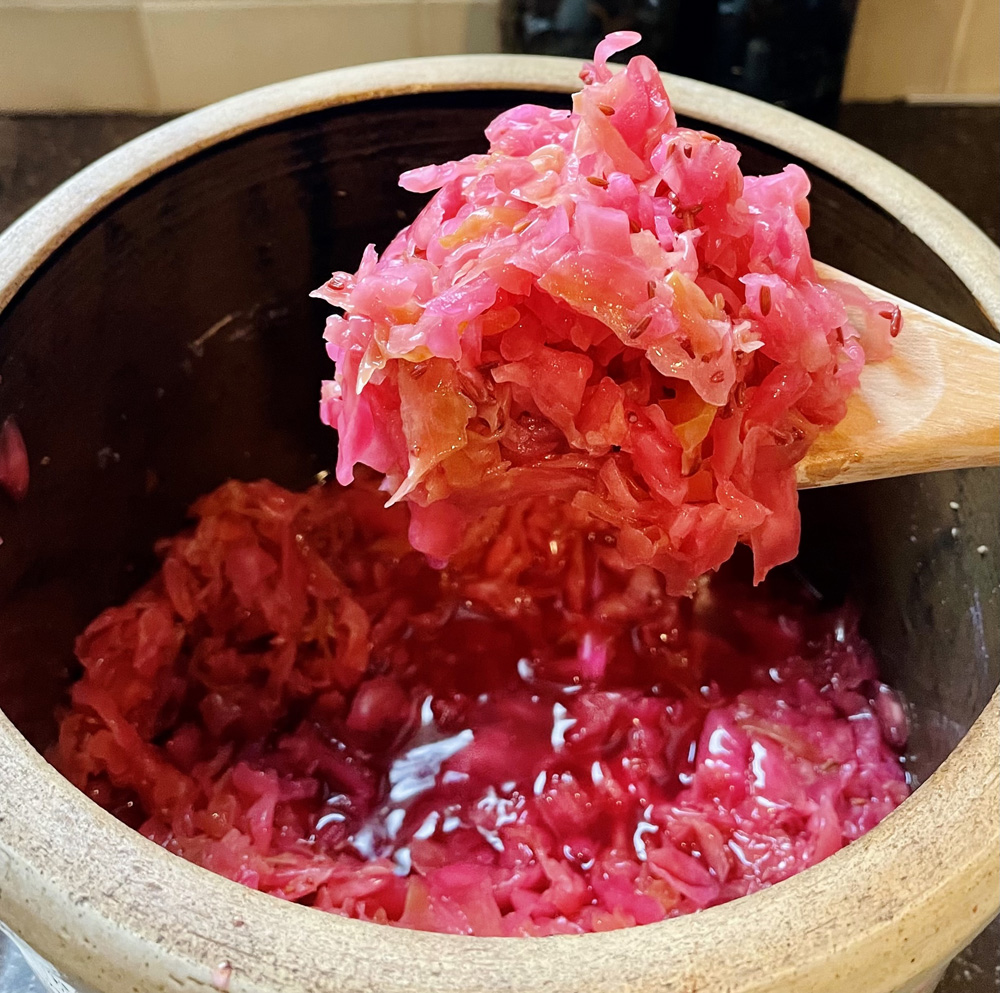
Diet
If you have celiac disease, you will need to follow a strict gluten-free diet. This involves avoiding spelt, wheat, barley, rye, and triticale. Good substitutions include: corn, quinoa, rice, amaranth, millet, oats, and buckwheat. However, certain gluten-free grains can become cross contaminated with wheat when they are processed and stored — oats are a prime example. Many ‘gluten-free’ products can also be cross contaminated unless they are produced in a certified gluten-free facility.
Condiments and beverages (beer, malt, brewer’s yeast, miso, smoke flavoring, soy sauce, teriyaki sauce, hydrolyzed plant proteins, maltose) can also contain gluten, so it is important to always check labels.4 To be safe, it is recommended that you seek out certified gluten-free grains, flours, and other products.
Some find that steering clear of grains altogether can be helpful in managing celiac disease as they can worsen inflammation. The same for foods containing high levels of lectins, such as beans (especially lentils and kidney beans), peanuts, tomatoes, peppers, and white potatoes.3 However, cooking, sprouting, or fermenting helps to reduce lectins to negligible levels. Dairy and refined sugar can also be problematic as they cause inflammation and gut damage. Those with any autoimmune condition may want to avoid all grains, high lectin foods, dairy, and refined sugar for a time to see if there is improvement in gastrointestinal and inflammatory symptoms.
Instead, focus on a diet that includes plenty of vegetables (particularly leafy greens), fruits, nuts and seeds, bone broth, fermented foods (sauerkraut, kimchi, pickles), lean proteins (wild-caught fish, pastured poultry and eggs, grass-fed beef), and healthy fats (avocado, olive, flaxseed, hemp, pumpkin, black seed oils). A whole-food diet and home cooked meals are ideal for supporting health and to avoid hidden additives that may provoke the condition. See this post for a delicious easy DIY sauerkraut recipe.
Since celiac disease can cause absorption issues, nutrient deficiencies are common — particularly zinc, iron, calcium, vitamin D, and vitamins B6, B12, and folate.5 It’s important to work with a healthcare professional to identify potential problems and to establish a protocol to address any deficiencies.
Improving Gut Health and Lowering Inflammation
Along with a gluten-free diet, strengthening gut health and reducing inflammation are crucial for those with celiac disease. Here are several, science-backed natural remedies that can address the symptoms and underlying issues.
Black Cumin Seed Oil (Nigella sativa). Known for its anti-inflammatory properties, black cumin seed oil may be helpful for those with celiac disease. One study found that 900 mg of the oil used daily helped to improve iron levels, calm inflammation, and lower gut damage.1 It also may be useful for the skin condition dermatitis herpetiformis, which is caused by the disease.2
Mushroom FOURtress. Used for centuries in Traditional Chinese Medicine, the medicinal mushrooms found in this bundle are outstanding for addressing autoimmune conditions — including celiac. Each dual-extracted mushroom has unique research-backed benefits that include lowering inflammation, reducing stress, modulating the immune system, boosting brain function, improving energy, helping with gut health, and more.6,7
Balanced Gut Blend. Containing anti-inflammatory, protective, and soothing herbs that help to repair the intestinal tract and restore healthy gut function, this blend contains reishi, turkey tail, and lion’s mane mushrooms, along with plantain, slippery elm, and marshmallow root.
Joint & Movement Salve. Many times those with celiac disease experience swelling and pain in their joints. Formulated with calendula, arnica, cottonwood buds, and cayenne, this soothing balm calms inflammation and reduces pain and stiffness for increased mobility and comfort.
If you suspect celiac disease or have been diagnosed with the condition, these natural remedies bring welcome relief. Visit the apothecary today to learn more about how my Mushroom FOURtress, Balanced Gut Blend, and Joint & Movement Salve can help!
Nicole Apelian
Nicole’s Apothecary Products in this Post
References
- Osman, M. T., Taha, B. I., Al-Duboni, G., & Muhamed, L. A. (2012). Immunomodulatory effect of Nigella sativa oil treatment in iron deficiency anemia caused by refractory coeliac disease. Res J Pharm Biol Chem Sci, 3(4), 887-895.
- Tavakkoli, A., Mahdian, V., Razavi, B. M., & Hosseinzadeh, H. (2017). Review on Clinical Trials of Black Seed (Nigella sativa ) and Its Active Constituent, Thymoquinone. Journal of pharmacopuncture, 20(3), 179–193. https://doi.org/10.3831/KPI.2017.20.021
- Vojdani A. (2015). Lectins, agglutinins, and their roles in autoimmune reactivities. Alternative therapies in health and medicine, 21 Suppl 1, 46–51. https://pubmed.ncbi.nlm.nih.gov/25599185/
- “Food Additives” Stanford Medicine: Children’s Health. https://www.stanfordchildrens.org/en/service/celiac-disease/gluten-containing-foods
- Niewinski M. M. (2008). Advances in celiac disease and gluten-free diet. Journal of the American Dietetic Association, 108(4), 661–672. https://doi.org/10.1016/j.jada.2008.01.011
- Ji, D. B., Ye, J., Li, C. L., Wang, Y. H., Zhao, J., & Cai, S. Q. (2009). Antiaging effect of Cordyceps sinensis extract. Phytotherapy research : PTR, 23(1), 116–122. https://doi.org/10.1002/ptr.2576
- Bhardwaj, N., Katyal, P., & Sharma, A. K. (2014). Suppression of inflammatory and allergic responses by pharmacologically potent fungus Ganoderma lucidum. Recent patents on inflammation & allergy drug discovery, 8(2), 104–117. https://doi.org/10.2174/1872213×08666140619110657
- “A Brief History of Celiac Disease” The University of Chicago Celiac Disease Center. http://www.cureceliacdisease.org/wp-content/uploads/SU07CeliacCtr.News_.pdf
- “Celiac Disease” Ewa B. Posner; Muhammad Haseeb, StatPearls. https://www.ncbi.nlm.nih.gov/books/NBK441900/

